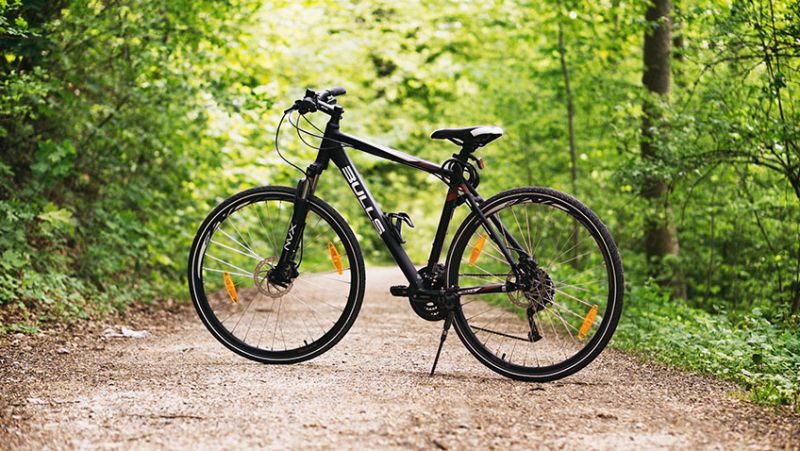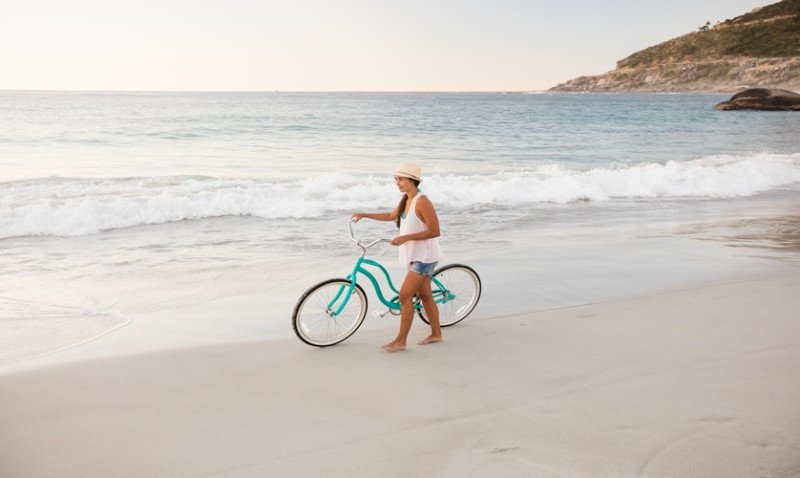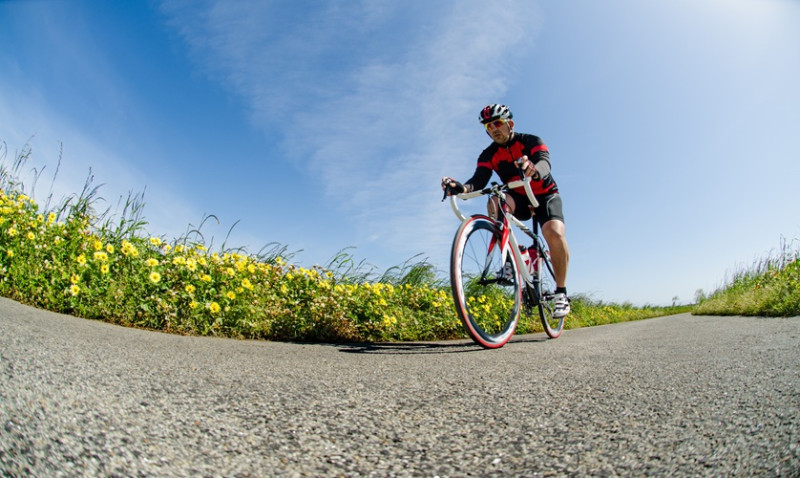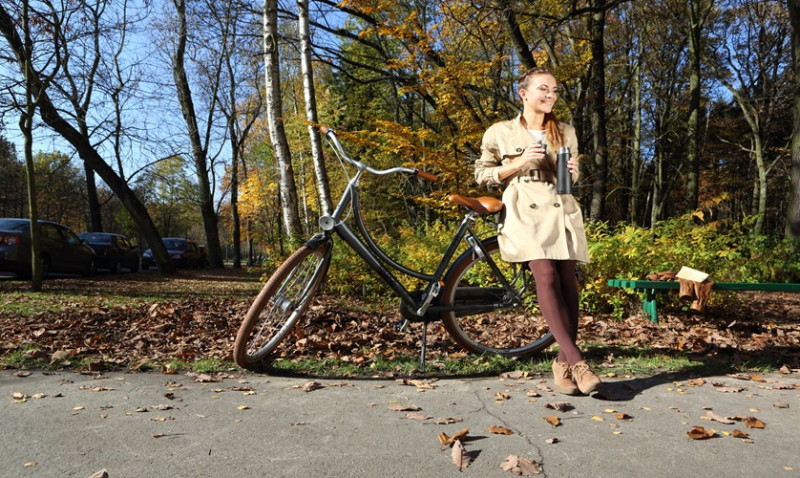
In this article, we will discuss the different types of mountain bikes, how to fit a bike for your body, and what accessories you might need. We'll also touch on the different riding styles, so you can find the bike that best suits your riding style.
Mountain bikes come in a variety of shapes and sizes, each designed for a specific type of riding. There are cross-country bikes, all-mountain bikes, freeride bikes, and downhill bikes. And within each category, there are even more specialised subcategories. So, before you start shopping for a mountain bike, it's important to decide what type of riding you want to do.
Cross-country bikes are designed for riding on relatively smooth trails. They typically have front suspension and lighter frames, making them ideal for longer rides. All-mountain bikes are a bit more versatile, designed for both climbing and descending. They usually have beefier frames and suspensions, making them better suited for more technical trails.
Freeride bikes are designed purely for descending. They're typically heavier and have more suspensions than other mountain bikes, making them ideal for tackling the most challenging trails. And finally, downhill bikes are designed for going fast on very steep and technical terrain. They have the beefiest frames and suspension of any mountain bike, making them the most difficult to ride but also the most fun.
Bike Size
Now that you know the different types of mountain bikes, it's time to start thinking about what size bike you need. The first step is to stand over the bike and make sure there is at least two to three inches of clearance between the top tube and your crotch. If there isn't, the bike is too small for you.
Wheels Size
Next, you'll need to figure out what size wheels you need. Mountain bikes come with either 26-inch or 29-inch wheels. If you're on the taller side, you might want to opt for the 29-inch wheels. They'll offer you better stability and rolling speed. However, if you're shorter, the 26-inch wheels will be easier to manoeuvre and will provide a more comfortable ride.
Bike Suspension
Once you've decided on the right-sized mountain bike frame and wheels, it's time to start thinking about what kind of suspension you need. If you're planning on doing mostly cross-country riding, a hardtail bike with front suspension will be just fine. However, if you want to do more aggressive riding, such as downhill or freeride, you'll need a full-suspension bike.
Full-suspension bikes have both front and rear suspension, providing a smoother ride and better control. They're typically more expensive than hardtail bikes, but if you're planning on doing more technical riding, they're definitely worth the investment.
Bike accessories
Finally, you'll need to decide what kind of accessories you need for your mountain bike. If you'll be doing mostly cross-country riding, you won't need much beyond the basics. However, if you're planning on doing more aggressive riding, such as downhill or freeride, you'll need to invest in some additional gear.
For example, if you'll be doing any jumping, you'll need a full-face helmet and body armour. And if you're planning on doing any racing, you'll need a bike frame that's designed for racing, along with lighter wheels and tires.
With all of these things in mind, you should have no problem finding the perfect mountain bike for your needs. Just remember to take your time, do your research, and ask plenty of questions. And above all, have fun!






